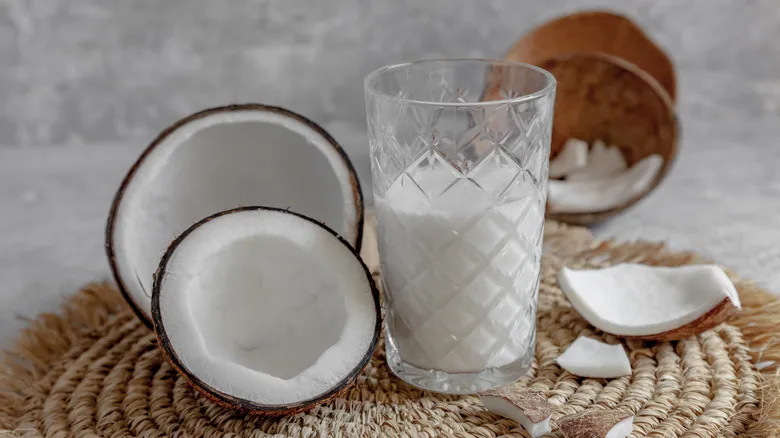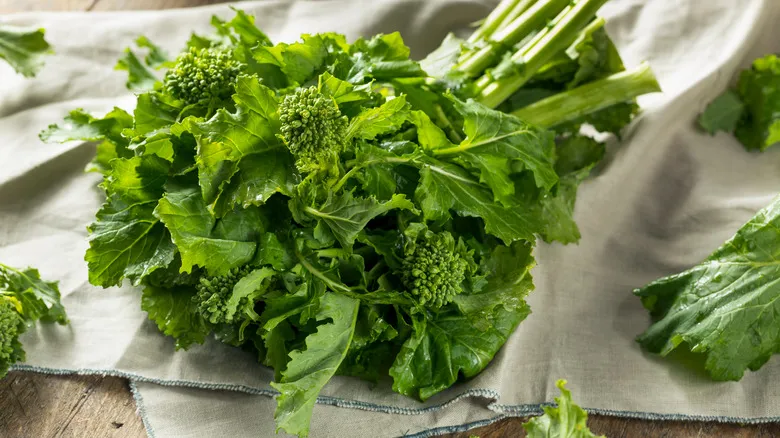How to reduce the bitterness of broccoli rabe

One effective way to lessen the bitterness of broccoli rabe is by roasting it. This cooking method naturally enhances the vegetable's sweetness by drawing out its inherent sugars, eliminating the need for added sugar. Additionally, roasting provides a delightful crispy texture to your dish. Alternatively, you can blanch the broccoli rabe, which is particularly suitable for those who wish to enjoy it as a side dish or a standalone snack. Briefly boiling the vegetable helps deactivate some of the bitter enzymes, preventing them from intensifying. After blanching, you can sauté the broccoli rabe with sweet, salty, or acidic ingredients to further counterbalance the bitterness. Good options include garlic, olive oil, red pepper flakes, and lemon juice. You might also consider using onions, black pepper, or even some Romano cheese.
Another helpful tip, discovered by America's Test Kitchen through experimentation, is to pay attention to how you cut the rapini. The more you break down its cells by chopping it into small pieces—especially the leaves where the bitter enzymes are concentrated—the more bitterness will be released. Therefore, whenever possible, keep the broccoli rabe in larger pieces and avoid finely chopping the florets. This simple adjustment can significantly reduce the overpowering flavor of the vegetable.
Recommended

The Type Of Canned Coconut Milk To Keep Out Of Your Cart

The Beef Option You Shouldn't Overlook For Campfire Tacos

The Creative Way Gordon Ramsay Uses Espresso In The Kitchen

Carla Hall's Trick To Avoid Using Expired Herbs And Spices
Next up

